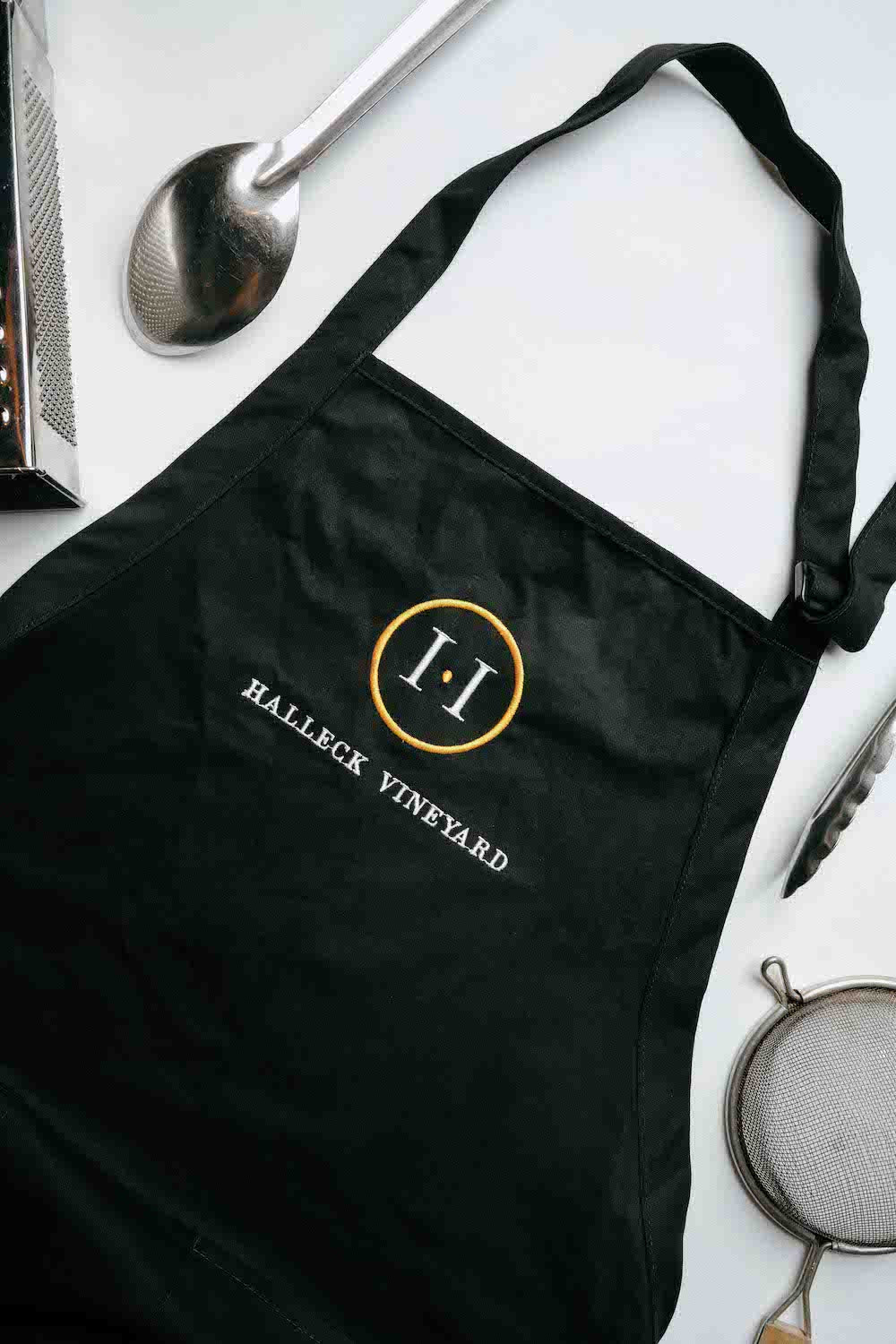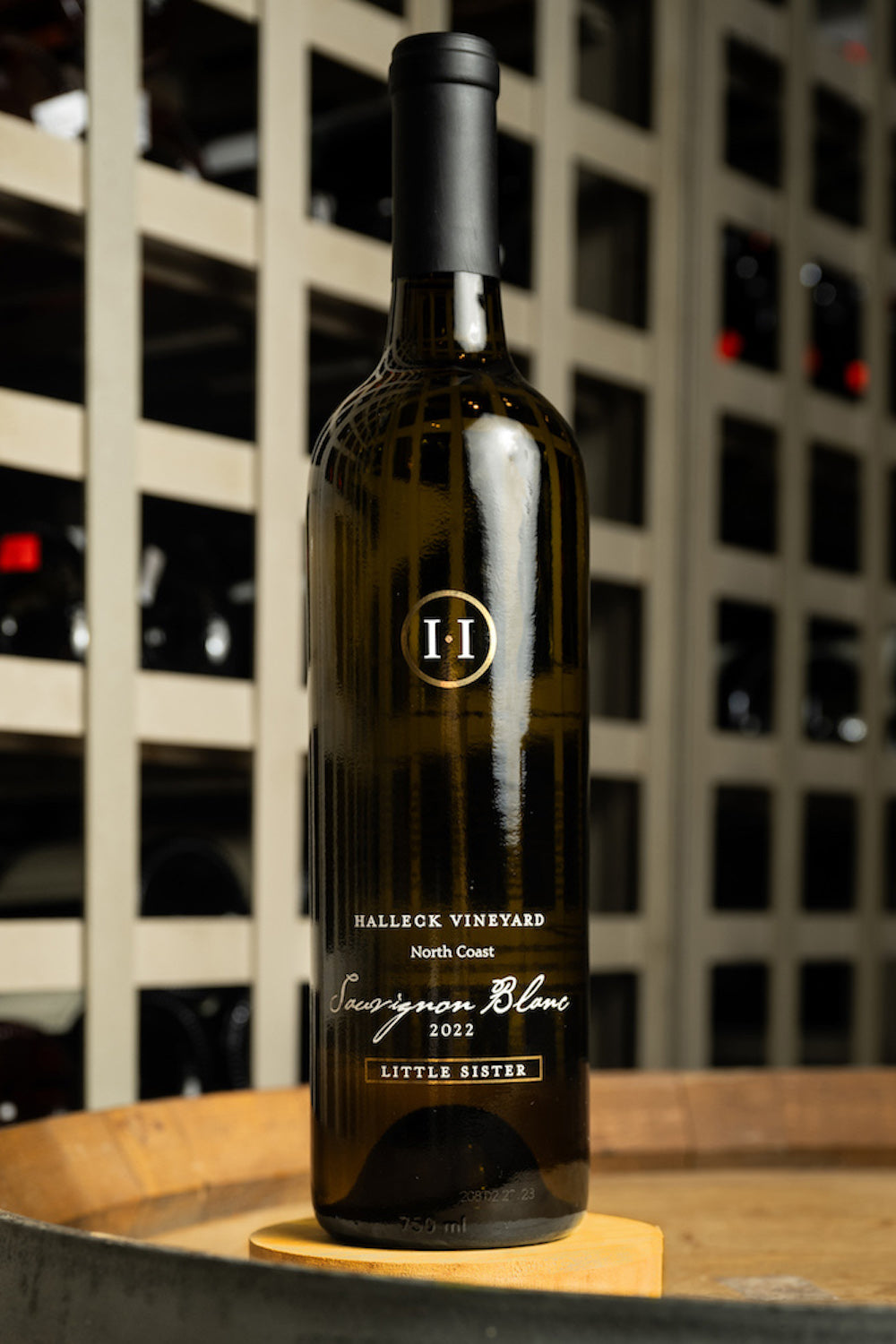Wineries That Host Harvest Festivals - Enjoying A Vineyard In Sonoma
Wine tasting is an art that requires practice and an understanding of various elements concerned within the course of. One essential component of wine tasting is the development and interpretation of tasting notes, which serve as a guide for both novices and seasoned connoisseurs. A Guide To Understanding Winery Wine Tasting Notes can enhance your wine-tasting experience, making it more meaningful and pleasant.
Tasting notes are concise descriptions that capture the essence of a wine’s flavors, aromas, and general character. Normally composed by professional tasters, winery tasting notes offer insights into the nuances of varied wines. They may help wine enthusiasts understand what to expect from a specific bottle. Nonetheless, tasting notes can vary extensively in style and element primarily based on the writer's experience and palate.
Top Rated Wine Experiences In Sebastopol - Sonoma County Wine Tasting Locations
When you first strategy a glass of wine, your senses will start to engage right away. The sight, smell, and style of the wine will converge to give you an entire experience. Tasting notes generally begin with the visible assessment, the place the color of the wine is taken into account. Shade plays a major position in indicating the wine’s age, grape selection, and even its flavor profile.
After assessing the visual side, the subsequent step entails swirling the wine in the glass. This motion aerates the wine, allowing its aromas to awaken. Smelling the wine offers critical insight into its complexity. The initial sniff can ship a flood of scents which will embody fruity, floral, herbal, or earthy notes. This is usually the most subjective a part of tasting, as individual experiences can dramatically differ.
In winery tasting notes, descriptors are often categorized into major, secondary, and tertiary aromas. Primary aromas often stem from the grape variety, secondary aromas derive from fermentation processes, and tertiary aromas arise from getting older. Understanding these categories might help you recognize the depth of a wine, and they additionally give you the vocabulary to precise your experience higher.
Local Favorite Wineries In Sonoma - Best Vineyard Visits In Sonoma
Following the olfactory encounter, your focus will shift to the style of the wine. This is the place the primary characteristics—sweetness, acidity, tannins, alcohol—come into play. Tasting notes usually element these flavors in multiple dimensions, together with the initial attack in your palate to the lingering finish in your tongue. A high-quality wine will present a harmonious balance between these components.
While tasting, it's essential to contemplate the body of the wine, which may be described as light, medium, or full. The body contributes considerably to your overall impression, serving to you think about how the wine pairs with food or whether it stands alone as a sipping wine. Balancing the body with the opposite characteristics provides you with a fuller understanding of what the wine has to offer.
The end of the wine, additionally known as the aftertaste, is another crucial aspect usually included in tasting notes. A long, nice finish often indicates a better quality wine, whereas a short or cloying aftertaste might suggest in any other case. Evaluating the finish can supply additional insight into the wine's complexity and distinction.
Understanding the context of winery tasting notes can additionally be useful. Tasting notes can present contextual information about the winery's location, why not try here climate, and grape-growing practices. This context provides another layer of appreciation for the wine, permitting enthusiasts to attach the sensory experience with its origins, thus enhancing the enjoyment further.
Celebrated Winemakers To Discover In Sonoma - Explore Sebastopol Area Vineyards
Many wineries present tasting notes on their websites or labels, often written in an approachable but informative style. Nevertheless, not all winery tasting notes are created equal. Some may be overly technical, whereas others would possibly prioritize advertising flair over insightful analysis. Studying to navigate these notes can arm you with the information to make informed selections when deciding on wines.
Collaborating in tastings at wineries can also deepen your understanding of wine tasting notes. Interacting with educated employees can give you a extra hands-on strategy to exploring different wines and the language used to explain them. Wineries Offering Charcuterie And Wine Pairings. You'll have the chance to ask questions, interact in discussions, and potentially refine your palate in actual time.
Experimentation is crucial for mastering wine tasting notes. As you sample different wines, strive making your individual notes. Focus on describing the wine’s colour, aroma, taste, and end. Over time, you’ll develop a private vocabulary that resonates with your sensory experiences. Every note you create will assist refine your palate, allowing you to appreciate wines at a deeper level.
Wineries Providing Guided Vineyard Walks - Sonoma Wine Tastings
In conclusion, a Guide To Understanding Winery Wine Tasting Notes provides a comprehensive framework for diving into the world of wines. It equips you with the strategies and language necessary to articulate your experiences. Whether you are a casual drinker or a dedicated aficionado, understanding and using tasting notes can profoundly impression your wine journey. This data not solely enhances your enjoyment but additionally connects you deeply with the wealthy narratives every bottle tells. By embracing this journey, you turn into a part of the gorgeous mosaic of wine tradition, the place every sip unveils a new story waiting to be discovered.
- Wine tasting notes typically encompass a wide range of sensory descriptions, together with aroma, flavor, acidity, physique, and end, permitting tasters to totally recognize the wine's traits.
- To improve your understanding, familiarize your self with frequent wine terminology corresponding to "tannins," "oakiness," or "terroir," which can help decipher the notes more effectively.
- A systematic approach to tasting involves first visually assessing the wine's color and readability, adopted by swirling to launch aromas, then inhaling and describing what you experience.
- Taking notes throughout tasting might help establish patterns over time, enhancing your palate and making it easier to recall preferences for future choices.
- Do Not overlook the influence of food pairings; tasting notes can differ greatly when a wine is enjoyed with complementary flavors, altering perception and enjoyment.
- Pay attention to the wine’s vintage, as weather conditions in a given yr can considerably affect the final product, including one other layer to the tasting notes.
- Consider the winemaker's style and philosophy, which might form the wine's profile and impact how its notes evolve with every sip.
- Practicing with completely different grape varieties can broaden your vocabulary; every sort brings unique traits that can enhance your capability to articulate tasting notes successfully.
- Partaking with wine professionals or attending tasting events can provide priceless insights, providing a richer context for understanding personal tasting notes.
- Bear In Mind that tasting is subjective; particular person preferences and experiences will shape one’s interpretation of the same wine, enriching the general enjoyment of wine exploration.
What are wine tasting notes?
Wine tasting notes are descriptive feedback made by tasters concerning the look, aroma, taste, and end of a wine. They present an overview of the wine's traits and can help shoppers perceive the style and quality of the wine.
Wineries Known For Their Hospitality - Sonoma Wine Tasting Spots
Why are tasting notes important when selecting wine?
Tasting notes can guide you in selecting a wine that suits your palate. They provide insights into flavors and aromas, check my source serving to you to match wines with food or occasions. Understanding these notes enhances your general wine experience.
How ought to I read wine tasting notes?
(Wineries Providing Guided Vineyard Walks)
Wineries Renowned For Cabernet Sauvignon In Sonoma - Sonoma's Finest Wineries

When studying wine tasting notes, pay attention to the construction: look for descriptions of shade, aroma, flavor, and end. This will help you grasp the wine's profile and decide if it aligns with your preferences.
What phrases generally appear in wine tasting notes?
Frequent terms embody "tannin" (the structure), "acidity" (the crispness), "body" (the weight), and varied flavor descriptors like "fruity," "earthy," or "spicy." Familiarizing yourself with these terms can deepen your understanding of wine.
Wine Tasting Experiences With Local Cheese - Wineries In The Sebastopol Region

Can I create my own tasting notes?
Yes! Writing your own tasting notes can enhance your wine tasting experience. Focus on your observations of style, aroma, and different sensory traits. This personal practice may help you refine your palate over time.
How do I establish the aromas in wine tasting notes?
Good Wineries For Large Groups In Sonoma Valley - Sonoma Wine Culture
To establish aromas, practice smelling a wide range of scents and associating them with wines. Swirl the wine in your glass to release its aromas, then take a moment to breathe in deeply before identifying any outstanding scents.

What is the distinction between professional and private wine tasting notes?
Professional tasting notes could use more technical language and particular terminology, whereas personal tasting notes are subjective and reflect individual experiences. Both are useful for understanding and having fun with wine, however personal notes may resonate extra along with your unique tastes.
How can tasting notes enhance my wine appreciation?
Wineries Providing Guided Vineyard Walks - Wine Tasting Experiences In Sonoma Valley
Tasting notes can enhance your appreciation by helping you to understand and articulate the complexities of wine. They encourage mindful tasting and provide a framework for comparing completely different wines, resulting in a richer enjoyment of the beverage.
Are there any apps or instruments to assist with wine tasting notes?
Yes, there are a number of apps designed to help users record and manage their tasting notes. These instruments typically supply features like flavor wheel guides and wine database searches, making it easier to trace your journey by way of totally different wines.